PURE SHORES - MACHAIR IN BLOOM
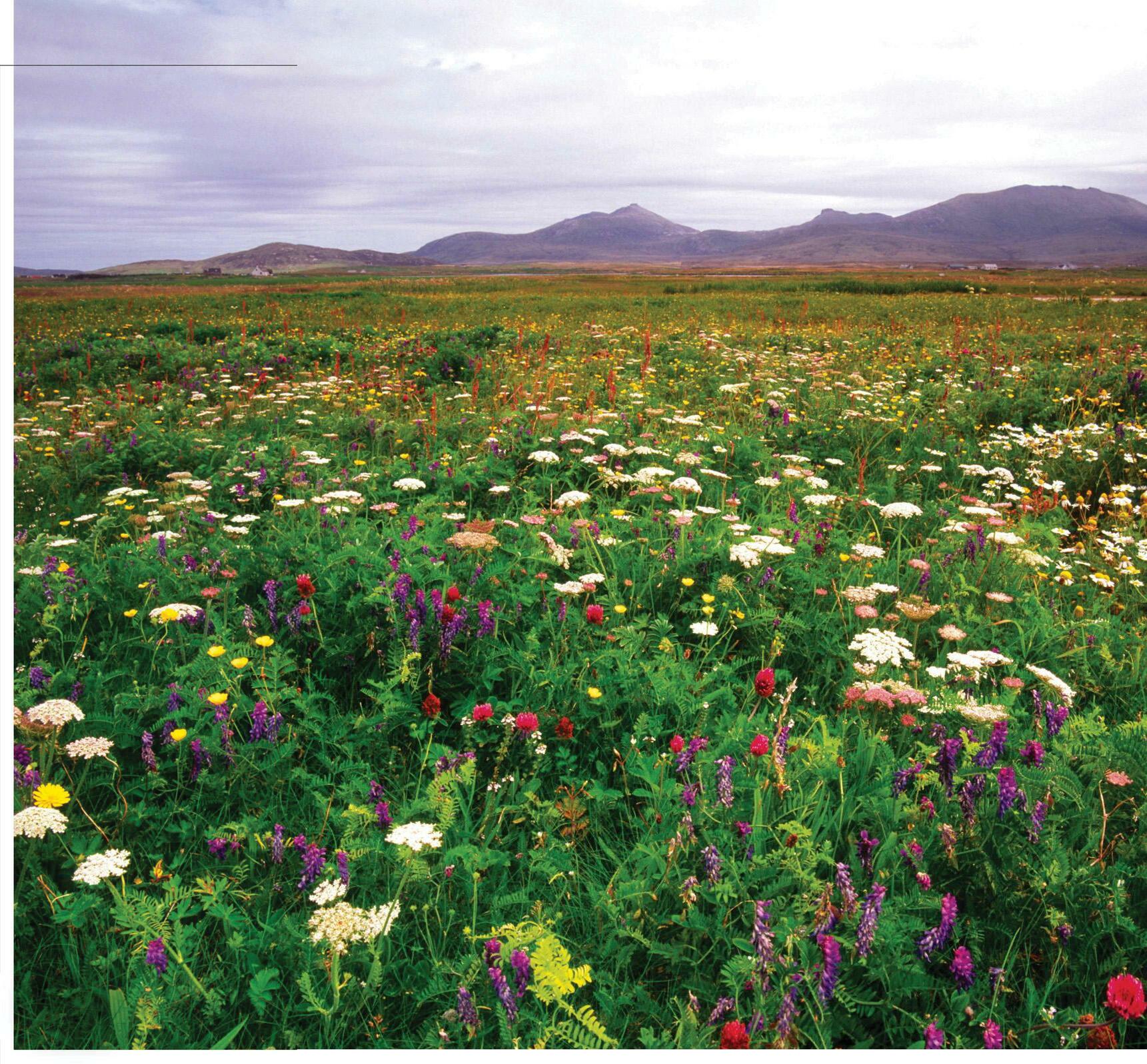
Coming from the Gaelic for a fertile, low-lying grassy plain, ‘machair’ describes a rare coastal habitat, famed not only for its plentiful bird life in spring but also its beautiful array of wildflowers throughout summer. Covering a total area of just 19,000ha globally, machair is not just one of the rarest habitat types in Britain, but also right across Europe. It can only be found along a few exposed Atlantic-facing coasts in north-west Scotland and Ireland, with the majority concentrated along the western shores of the Outer Hebrides, Tiree and Coll.
Machair grassland usually sits alongside white sandy beaches and among sand dunes, and will even merge into marshes as it stretches inland. It began to form in earnest at the end of the last age and was subsequently maintained by human influences in the form of low intensity farming – or crofting.
Diese Geschichte stammt aus der July 2023-Ausgabe von BBC Wildlife.
Starten Sie Ihre 7-tägige kostenlose Testversion von Magzter GOLD, um auf Tausende kuratierte Premium-Storys sowie über 9.500 Zeitschriften und Zeitungen zuzugreifen.
Bereits Abonnent ? Anmelden

Diese Geschichte stammt aus der July 2023-Ausgabe von BBC Wildlife.
Starten Sie Ihre 7-tägige kostenlose Testversion von Magzter GOLD, um auf Tausende kuratierte Premium-Storys sowie über 9.500 Zeitschriften und Zeitungen zuzugreifen.
Bereits Abonnent? Anmelden

JAWS 50 THE LEGACY
Half a century after a great white shark terrified cinemagoers, we hunt down the lasting impacts of Spielberg's blockbuster
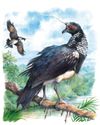
PRIMAL SCREAM
A wildly unusual bird call shatters the peace of a tropical dawn
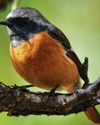
Find more birds more of the time with multi-spectrum binoculars from HIKMICRO
Find more birds more of the time with multi-spectrum binoculars from HIKMICRO
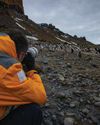
Losing touch with reality
As AI becomes increasingly powerful, what does it mean for the wildlife images we see?
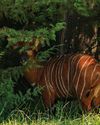
Bongos have come home
The secretive antelope is hoping for better times in Kenya

Do animals get stressed?
We often think of stress as a bad thing, but it has evolved to protect us. When we find ourselves in life-threatening situations, our bodies prepare to fight or run.
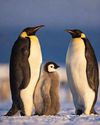
Secrets of the Penguins
New series for National Geographic offers unprecedented insight
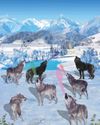
How I learned to speak wolf
Deep in Yellowstone's Lamar Valley, George Bumann develops a sense of what wolves' howls can mean
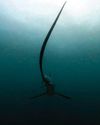
Which animal has the longest tail?
STRICTLY SPEAKING, THE TAIL-LIKE structures found in everything from scorpions to mayflies are not true tails. Only vertebrates – animals with a spine – are genuine tail-owners. And among vertebrates, tails are really common.
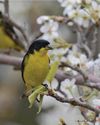
Lesser goldfinches are moving north
Warmer temperatures are leading these irrepressible golden-hued birds to expand their range in the USA
